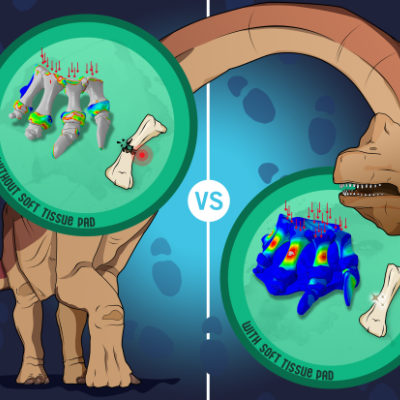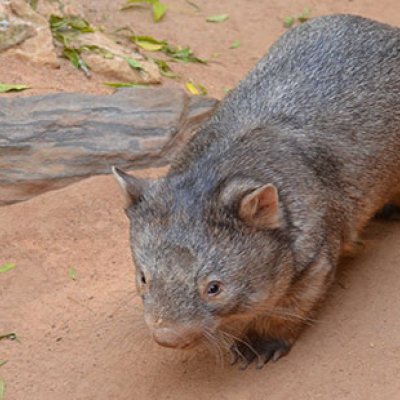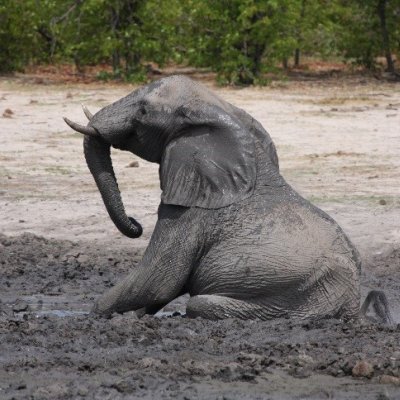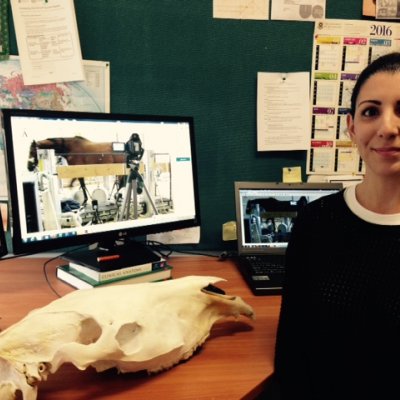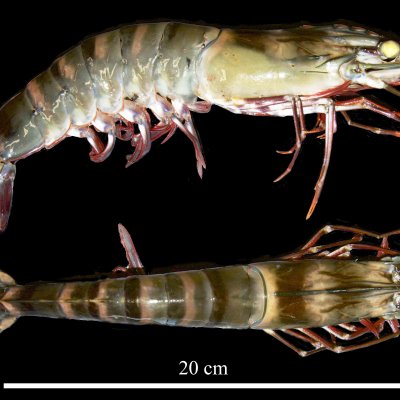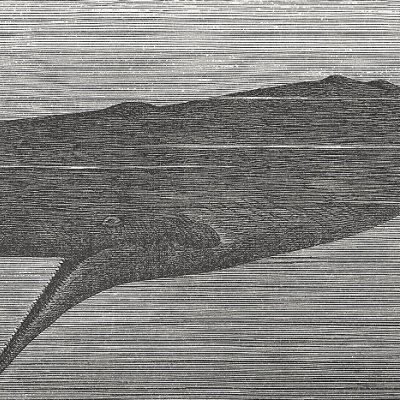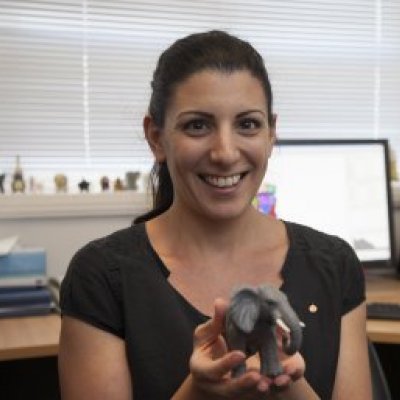Scientists have cracked an enduring mystery, discovering how sauropod dinosaurs – like Brontosaurus and Diplodocus – supported their gigantic bodies on land.
11 August 2022Flexible jaws may help wombats better survive in a changing world by adapting to climate change’s effect on vegetation and new diets in conservation sanctuaries.
5 November 2019New research from The University of Queensland could help elephants in captivity enjoy longer, more comfortable lives by detecting foot disease earlier.
5 October 2016An international research team is working to understand how horseshoes affect foot skeleton stress in racehorses, in a project that is likely to benefit the racing industry and protect horses from injury.
18 July 2016Discovering the secrets of how one of the world’s most popular prawn species produces sperm and transfers it to create the next generation could help free aquaculture from reliance on brood stock from the wild.
16 May 2016The idea that a sperm whale can use its massive head as a battering ram to sink ships has been hotly debated at least since Moby Dick was published in 1851.
5 April 2016Finding the best method of trimming the feet of captive elephants is the focus of a University of Queensland study to help prevent painful and untreatable foot diseases.
17 March 2015